Attendance is a common employment issue and one which can be difficult to address, particularly when the problem becomes habitual. Catapult’s HR Advisors routinely answer these types of questions from HR managers. Below we have outlined several ways that you can help your managers address attendance issues that will benefit both the manager and the employee.
What should I tell a manager dealing with attendance issues?
- Make expectations clear: At some jobs, 5 minutes late IS on-time. Make expectations clear from the point of hire onwards.
- Once is never enough: “I told them when I hired them….” is not a defense; it is an admission that ongoing performance management is not happening. When incidents occur:
- Ask if the employee is OK; see what happened.
- Be understanding.
- Remind them of attendance expectations. Ask if you can help in any way.
- If this is the 2nd or 3rd warning, explain that the next issue may be documented.
- Be reasonable and flexible: Be flexible as it makes sense. If all staff arrive early, and one person just can’t wake up, simply adjust their schedule and voila, they are on time!
- Document ongoing issues: Employees who CHOOSE to let down the team bring down morale when managers do not address the behavior.
- Be aware of the ADA and FMLA: Ensure managers know when to talk to Human Resources.
Why is attendance such a big issue with hourly staff?
Hourly employees are often “under-resourced” financially and in other ways. This contributes to absences, but also places the employee under stress. Low incomes are linked to mental health disorders and suicide attempts.
- Most low-paid workers barely meet, or don’t meet, basic expenses. Taxis and emergency day care are unaffordable.
- Employers are less willing to accommodate attendance issues in low-paid jobs.
- 19% of low-wage female workers have lost a job due to caring for a sick child.
What benefits address root causes of attendance issues?
Certain benefits expand an employee’s support network and allow for flexibility (within limits):
- Subsidize childcare: If you have a lower-paid workforce, instead of increasing a match on the 401(k), consider working with local childcare centers to negotiate group discounts or consider subsidizing childcare, or at least a certain number of emergency childcare days.
- Educate employees: Provide educational materials upon hire about childcare support offered through NC Smart Start, Military Family Assistance, school sponsored subsidies, sliding fee scales and daycare sibling discounts.
- Consider parental leave policies: Many mothers refuse to consider leave prior to the birth of a child and must return from childbirth early – even if the doctor recommends differently. This puts her, and her child’s health, at risk. Ongoing health issues (and future attendance issues) can be prevented by giving parents more paid time off.
- Consider telemedicine: This frees employees from having to see the doctor in person every time a child has an earache.
What policies should we have in place related to attendance?
- Re-consider point-based systems: Morale is affected when employees see a hard-working mom fired because she is two months away from FMLA eligibility and dealing with a severely ill child. Be consistent but be fair (late because of oversleeping is different from late due to car wreck).
- Be flexible, if you can: If hourly employees can fill the position with another worker by swapping shifts or working extra (non-overtime) hours, why worry if their schedule has changed?
For more information, contact Catapult’s Advice team at 919-878-9222.
Written by a Catapult Advisor
